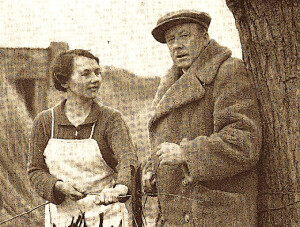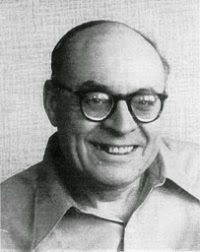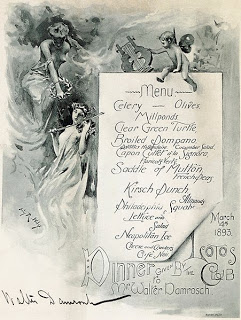Wearing a monocle is out of fashion at the moment, though, like the wearing of waistcoats, the trend could make a comeback. The idea of a single lens that could correct defective sight in one eye began with the late eighteenth century quizzing glass; in the late nineteenth century this developed into the monocle that we know today. The list of men and women who over the years wore monocles is short, though it includes some big or biggish names. Comparatively recently we have seen the TV astronomer Sir Patrick Moore, boxer Chris Eubank and wine-lover Johnnie Cradock wear them, but when they were more fashionable we find that the list of wearers includes poet W. B. Yeats, film directors Fritz Lang and Erich von Stroheim, Surrealist Tristram Tzara, Kaiser Wilhelm, Joseph Chamberlain, and earlier in the nineteenth century, Dr Karl Marx and Lord Tennyson. Lesbians who wore monocles, possibly for a certain effect, include Una Lady Troubridge and novelist Radclyffe Hall.
One of the wearers who featured in a list drawn up by the travel writer and broadcaster S.P.B. Mais on a page torn out of a pocket diary for 7thJuly 1936, that we at Jot HQ discovered interleaved in a copy of The Toast by the Sette of Odd Volumes ‘Verbalist ‘, Harold Williams, was actor Leslie Banks, who possibly used a monocle to disguise a serious injury to his eye socket caused by a bomb during the First World War. Mais’ list was headed ‘The Monocle Club ‘. How it got into Williams’ booklet is not known, but it is likely that Mais owned this item and was inspired by the aims of the Sette of Odd Volumes, which was essentially a dining club composed of like-minded members, to set up something similar for all those who happened to wear monocles. It is also possible that this project never got off the ground, for the Internet, which tells us much about the all-lesbian Monocle night club in ‘ twenties Paris, remains silent regarding what the traditionalist Mais probably envisaged as an all-male outfit. We just don’t know.
Of the eleven names drawn up by Mais, only seven are legible; these are David Jamieson, Mais himself, actors Laidman Brown and Leslie Banks, Grant Richards, Eddie Marsh, and James Agate . To the names of a gentleman whose surname was Moir Mais has added that he was president of the Sette of Odd Volumes, which adds credence to the theory that Mais intended this club to be the model for the Monocle Club. Continue reading








